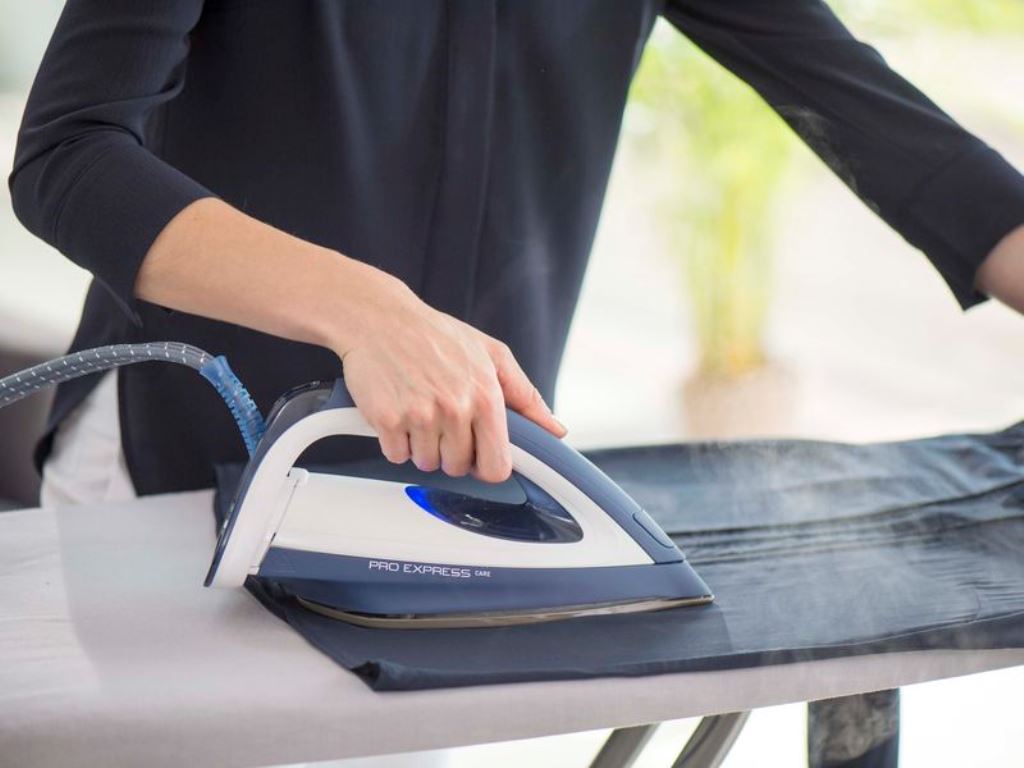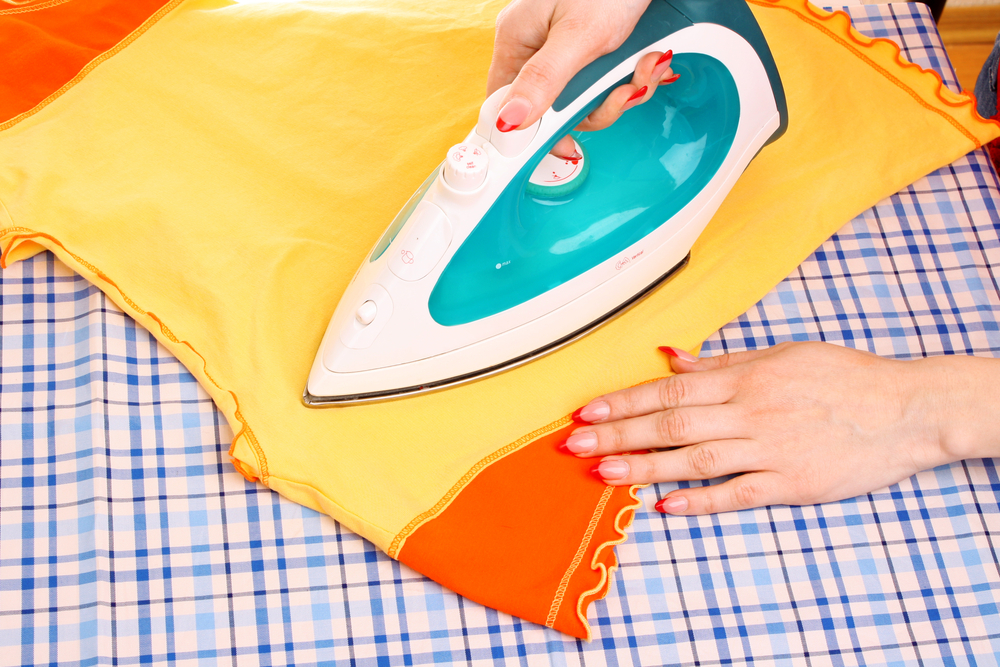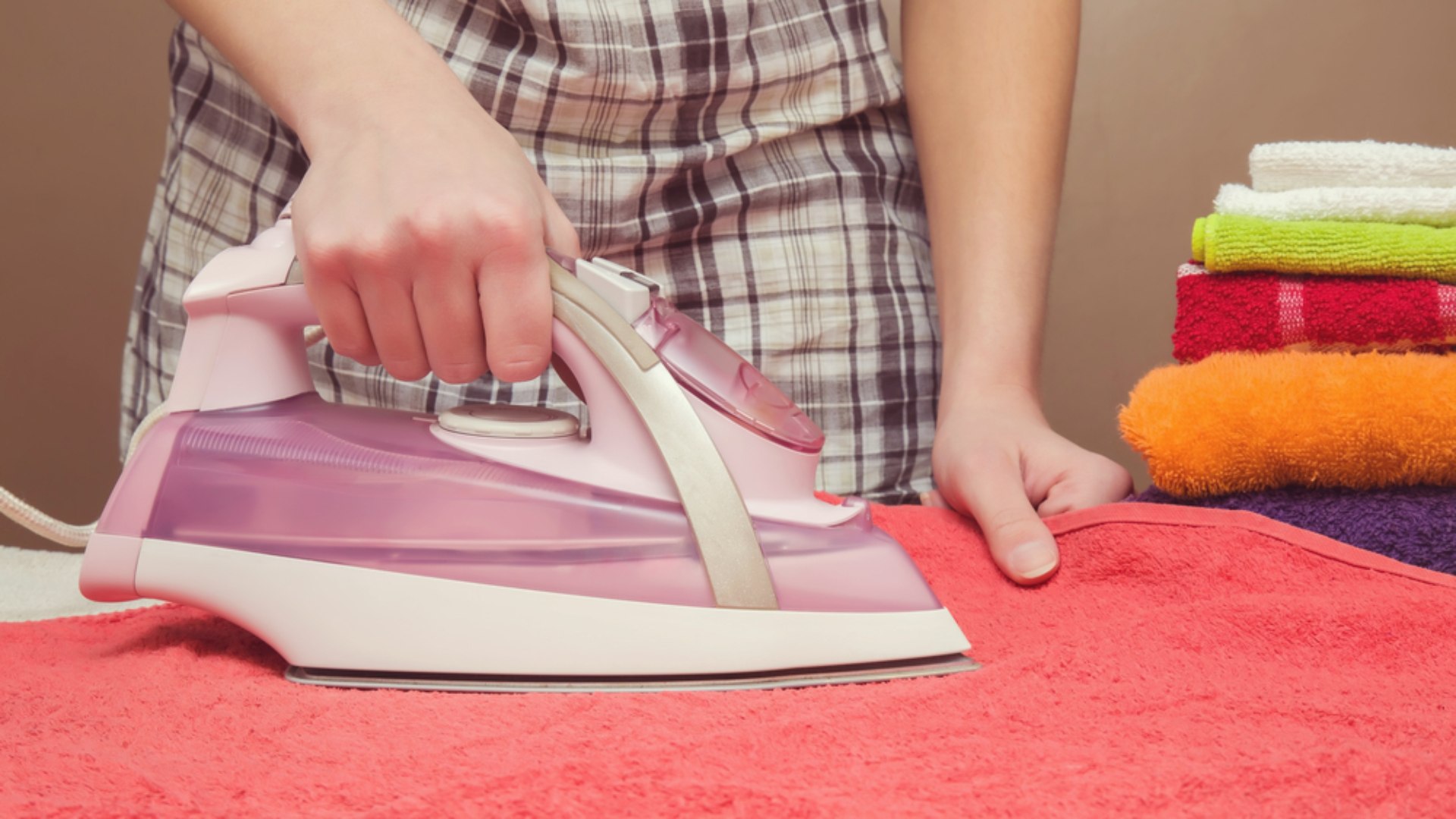How to iron your laundry correctly
Today, a lot depends on the image, and the proverb “they are greeted by their clothes” is more relevant than ever. Unfinished, wrinkled clothes are a sign of a sloppy, careless person who does not respect himself or others. For many (especially young people who are just starting an independent life) ironing things seems like an irresistible quest - but is it all that scary?

How often should the laundry be ironed
Ironing frequency is determined depending on the type of product. It is advisable to iron bed linen immediately after washing and drying. Clothes - after washing and as needed. There are fabrics that do not require ironing or that can only be lightly ironed:
- high quality denim;
- many modern natural;
- mixed;
- membrane;
- polyamide, polyester, polyurethane;
- acrylic;
- rayon;
- velvet;
- frotte (cotton terry).

If the material of the product is one of the list, you should look at the ironing recommendations from the manufacturer on the label.

What you need for ironing
To ironing the linen does not cause discomfort, you need only two tools: an iron (a modern model is desirable, not necessarily expensive and "fancy", it is enough to have a steamer and several temperature modes) and an ironing board.

Our grandmothers knew how to perfectly iron things with primitive Soviet irons right on the countertop covered with an old blanket, but today you can buy quite high-quality devices for an inexpensive price.

Correct ironing process
How to iron it correctly so that things do not deform and ugly and unnecessary folds do not form on them? What needs to be stroked and what not? Do I need to iron the bed linen - after all, it will wrinkle anyway?

Everyone can master ironing in three ways:
- dry (the easiest method for ironing things from the face and seamy side);
- wet (the product should be lightly sprinkled with water, or ironed through a wet cloth, or wrapped in a damp towel);
- with steam (a steamer in the iron is used), but if the product is made of a material prone to shrinkage, it cannot be steamed.

Important! When in doubt about the ironing method, it is recommended to iron a small area of the fabric from the inside out and act based on the result.
Bed linen
Due to the laboriousness of this process, the hostesses do not like him. But an ironed bed is more pleasant in sensations and smell, looks better, and heat treatment kills harmful microorganisms. How to quickly iron bed linen so as not to stretch this work for the whole day?

Simple guidelines:
- Ironing will be more effective if the material is pre-moistened with hot water (cold water is absorbed worse). You can stack the damp laundry or roll it into a roll so that it is evenly saturated with moisture.
- Washing often deforms things - they turn out to be "skewed". Align them by stretching the ends.
- It is faster and more efficient to iron large things by folding them in four (if the ironing area is large, you can even double them) and ironing each side of the resulting "square" or "rectangle" separately. This is a great way to handle large duvet covers, sheets, and tablecloths.
- Sleepwear sets are ironed from the face.
- If the material has embroidery (it doesn't matter - cross, satin stitch, machine), it is better to iron the embroidered places from the inside out.
- Tablecloths, napkins, towels, handkerchiefs begin to iron from the edges.

Important! Do not overdry bedding sets, especially if crumpled. It will be extremely difficult to iron them after that.
Regular clothes
How to learn to iron your wearable clothes? It is recommended to follow simple rules that are separate for each type of product:
- Skirts and dresses - from top to hem, first along, then across, ironing the chest darts down, and vertical ones - to the middle. So that the darts and seams under pressure are not imprinted on the thin fabric, first the entire product is smoothed, then the iron is brought under the allowance and the "traces" of seams and darts are gently smoothed out;

- Men's shirts - from the inside of the collar, then from the outside. Next, the cuffs are unbuttoned, straightened and ironed, then the sleeves, floors and back;

- The trousers are ironed from the inside out - pockets, seams, each leg is separately ironed from bottom to top, increasing the pressure of the iron on the edges and starting from the step seams. The side ones are ironed later, like the belt (it is ironed on both sides). To preserve the arrows, they are lightly rubbed with soap from the inside, and stroked from the outside through cheesecloth moistened with vinegar;

- Men's blazers and women's jackets begin to iron from the lining of the sleeves. Further, the sequence is as follows: the top and floors with movements from side to side, collar, back, lining, sides;

- The knitwear, so that it does not deform, is ironed still damp and from the inside out, not allowing strong pressure and not stretching the thing with the iron. After ironing, it is worthwhile to leave it on the ironing board for a while so that the fabric dries and cools;

- The synthetics are ironed, exactly following the information on the temperature regime on the label, and without holding the ironing surface of the iron for a long time in one place, otherwise the fabric will "melt";

- Silk products are ironed slightly damp, but do not splash on them - stains remain. To evenly moisturize the item, it is better to wrap it in a damp cloth. Heat the iron moderately, iron through a thin cloth. Light silk is ironed from the face, the rest - from the inside out. Thin silk linen is best washed, but not ironed;

- In order to avoid shrinkage, wool should be ironed (not by running the iron, but by rearranging it) through a damp cloth, from the wrong side, without heating the iron over 165 ° C.If it is necessary to smooth the front side, the wool must be damp - otherwise it will shine ugly from heat exposure;

- Fluffy fabrics are ironed, without pressing, from the inside out, laying them with a pile on a soft surface. It is optimal to do this with steam, then do not iron it through a dry cloth;

- It is easiest to sweep lace before washing with large stitches to trim the white material, and then iron it with it - with the tip of the iron, trying not to jam the fragments. Openwork cotton lace is ironed through a damp fabric from the inside, synthetic lace is ironed with very weak heating.

Ties do not need to be ironed. To straighten your tie, untie it and wrap a can of hot water around it.

Important! It is absolutely not necessary to iron products with strong visible dirt! Heat treatment "fuses" the dirt into the fibers of the material, and it will be difficult or almost impossible to remove the stain later.
How to choose an ironing board
The ironing board is a handy device that greatly facilitates the ironing process. In the event that it is selected correctly. When choosing, take into account:
- Product weight. This is especially important if a woman will use the board. Lightweight items are preferred.
- The strength of the structure is not at the expense of lightness, but it should not stagger on its legs, bend under pressure comparable to the pressure of a hand with an iron.
- Compactness - a folding board should not be bulky and easy to store.
- Ease of use. The optimal width is sufficient for quick ironing and the presence of additional elements: an iron stand, hangers or shelves for ironed things, a carrier with fasteners for an outlet to turn on the iron plug, an additional narrow board for ironing sleeves and cuffs.
- The quality of the coating - it should be moderately soft and non-stick.
- Mobility - requires a device with a simple height adjustment for a person's height and a secure fit.
The most important part of the ironing board is the table top. Three materials of their manufacture are preferred:
- Mesh (wicker, metal);
- A solid metal sheet (ideally covered with wood), but such a tabletop should have enough holes for steam to escape so that the cover lasts longer;
- Thermoplastic is an innovative development for ironing boards of the German company Leifheit. Does not deform, reflects heat, releases steam well - but this is the most expensive option.
Important! Structures with chipboard countertops can only be considered as a temporary option. These products are inexpensive - but also short-lived: due to moisture and steam, plywood will inevitably deform, and the board will "lead".

So, ironing linen and ordinary things is not at all as complicated and time-consuming process as it seems. But the ability to do this quickly and efficiently is acquired exclusively with practice!
VIDEO: How to iron linen and clothes correctly.









